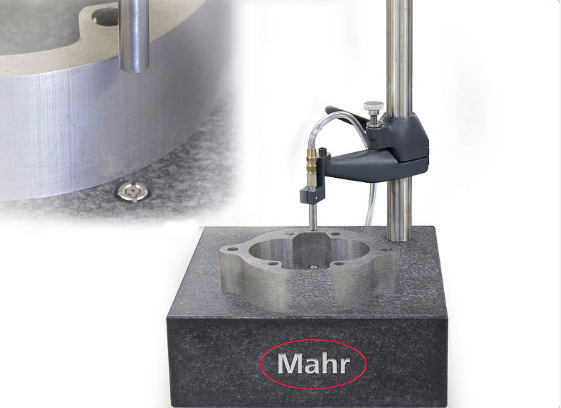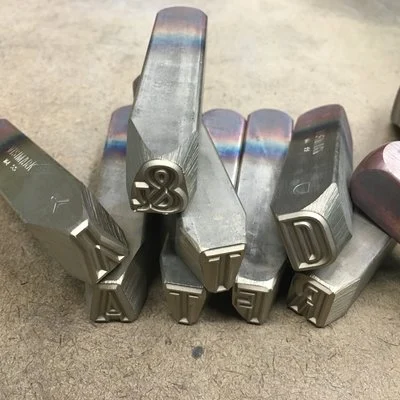Cold Root Rolling
FREQUENTLY ASKED QUESTIONS 1. What standards cover the process of Cold Root Rolling? A. Both NS-1 and DS-1 have standards in place that cover the process of Cold Root Rolling to one extent or the other. Many of the major Rotary Shouldered Connection OEMs also have internal standards that cover some aspect of this process.…







